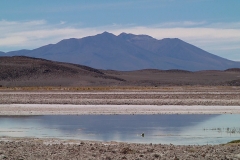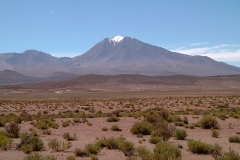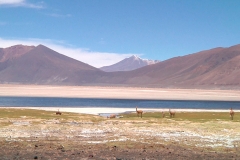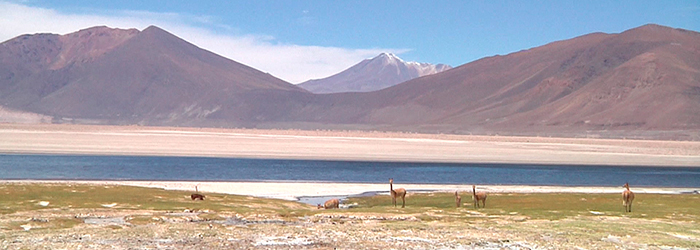Settlement Pattern
Traditional Quechua settlement patterns were organized to facilitate herding and agricultural activities and the collection of land-based resources such as plants. Permanent dwellings are situated near agricultural terraces located in ravines or near small plots around highland wetlands. Settlements in Ollagüe are located in the Puquios, Cohasa, Del Inca, Caichape and Amincha ravines, while in the Quechua communities of Tarapacá crops are grown in the upper ravine. Herding activities tend to produce a more disperse settlement pattern, as is the case in Ollagüe, where grazing lands are found in Cosca, Puquios, Aucanquilcha and Santa Rosa, based around small ranches that include garden plots alongside the corrals and seasonal dwellings.
It is worth nothing that, owing to their past and present settlement patterns, the Quechua communities of Ollagüe and San Pedro Estación have obtained official recognition of their traditional grazing grounds recognized under Indigenous Law Nº 19.253, a total area of 446,367.4 hectares. Although this vast territory was recognized in 2014, the Chilean State has officially ceded just 3.2% of that territory (14,384.19 hectares) to the Quechua community of Ollagüe.






